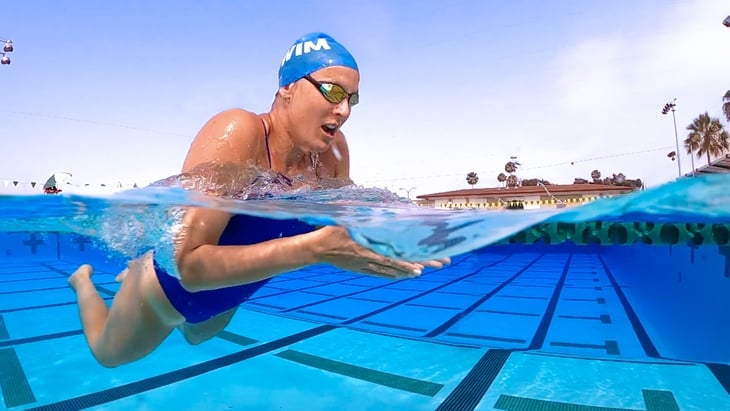
Floating swimming skills can help you save yourself - Photo: PA
Instead of just knowing basic swimming, practicing specialized skills such as drownproofing, survival breaststroke, sidestroke, bouldering, and deadlift will equip each person with the ability to survive longer, save themselves and help others in situations facing floods, rivers, etc.
Bouldering - climbing
Survival swimming is often the first thing that comes to mind when talking about water survival skills. But in reality, most survivors of a shipwreck (or boat, ferry) will need another special skill - climbing, or clinging to any floating object within reach.
Bouldering, or climbing on low rock ledges, or indoor climbing walls (without ropes), is an extremely useful climbing skill in rescue or survival situations in difficult terrain such as after landslides or rubble areas.
When bouldering, practitioners develop finger strength, core strength, balance, and climbing skills - all of which are necessary if they are to climb independently or assist others in ascending or descending.
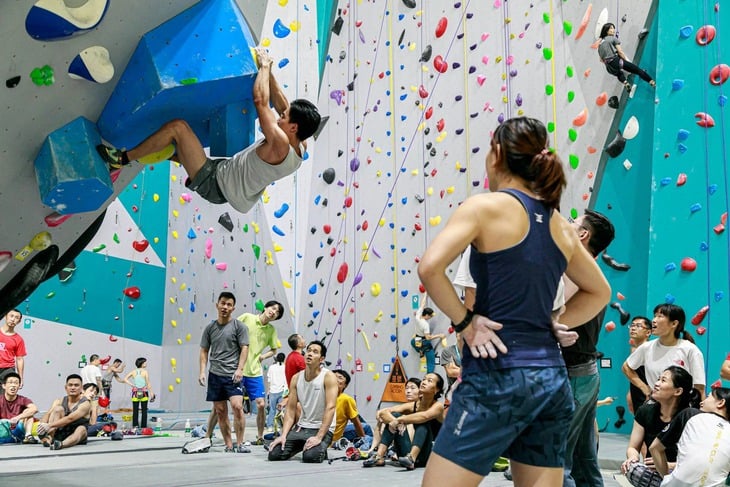
There are more and more gyms to practice bouldering skills - Photo: SCMP
According to Nord Anglia Education, climbing helps develop hand and finger strength, flexibility and spatial awareness – mental and physical skills needed when moving through rough terrain.
In fact, indoor bouldering rooms are accessible and suitable for beginners to practice safe climbing skills, thereby improving self-rescue and rescue abilities.
"A precise grab, a good catch, and a moment of strong enough thrust will help you successfully escape the rapids and grab onto a life-saving object at the right time. Bouldering is a crucial skill," writes Nord Anglia Education.
Drownproofing - static survival
Drownproofing is a technique of relaxing the body to float underwater, only coming up to breathe when needed.
This technique was developed by coach Fred Lanoue at Georgia Tech in the 1940s, and was once a required course there.
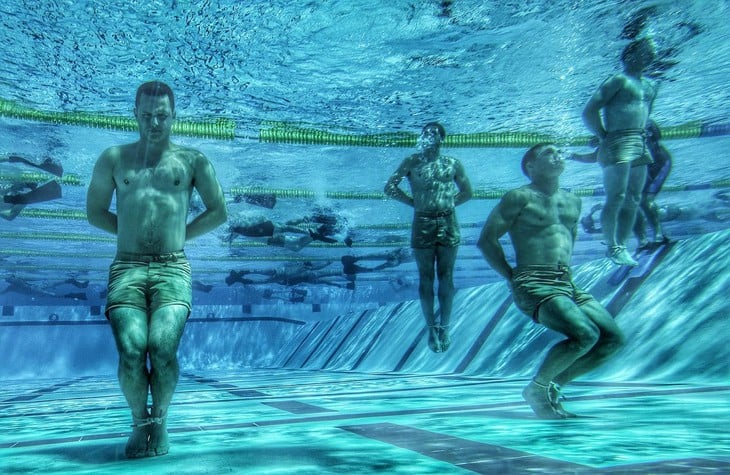
Static buoyancy exercises are always trained in the navy - Photo: SC
When faced with a dangerous situation such as a capsized boat or being swept away, survival swimming expert Trev Hollenbeck recommends maintaining this technique to save energy and wait for rescue, as it helps maintain the body in a suspended state for a long time without having to swim continuously.
The average person can stay afloat this way for hours, even more than 24 hours if they stay calm. This is an important skill because many drownings and water accidents stem from the victim losing control, panicking and quickly becoming exhausted.
Survival swimming styles
Survival breaststroke and sidestroke are two highly regarded survival swimming techniques.
The frog style allows the head to float for easy observation of the environment and regular breathing, which is useful in conditions of waves, trash or floating debris. The sidestroke - a swimming method with fanning arms and scissor kicking legs - is widely used by the US military.
When expert Trev Hollenbeck analyzed rescue situations, he advised that when moving in unstable water, one should start with drownproofing to stabilize breathing, then switch to survival breaststroke to slow down, conserve energy, and when speed is needed, one can use sidestroke.
These two skills are essential because they balance energy conservation and mobility, allowing swimmers to survive longer and reach shore or floating objects more easily.
Deadlift and strength exercises
Deadlift is a dead-lift exercise that helps develop overall body strength, especially the lower body (hips, hamstrings) and lower back.
This is the foundation of functional strength - essential when lifting, pulling or moving injured people or lifting heavy objects in rescue.

Deadlift exercise increases full body strength - Photo: MS
When rescue forces (SAR, fire, military) train, they often require members to be able to lift heavy objects and transport victims, and the deadlift is a great exercise to develop this ability.
Over time, deadlifters will develop a strong core, greater muscular endurance, and better trunk control, which will help them cope better in harsh environments.
Strength is one of the most important factors when struggling for survival against nature.
Source: https://tuoitre.vn/tap-nhung-mon-nao-de-tang-kha-nang-sinh-ton-va-cuu-ho-20251123202441197.htm






![[Photo] Next to the "mountain of trash" after the flood, Tuy Hoa residents strive to rebuild their lives](/_next/image?url=https%3A%2F%2Fvphoto.vietnam.vn%2Fthumb%2F1200x675%2Fvietnam%2Fresource%2FIMAGE%2F2025%2F11%2F24%2F1763951389752_image-1-jpg.webp&w=3840&q=75)

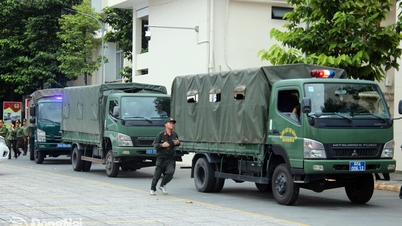



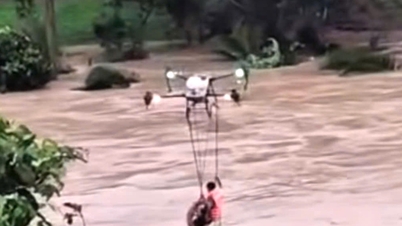





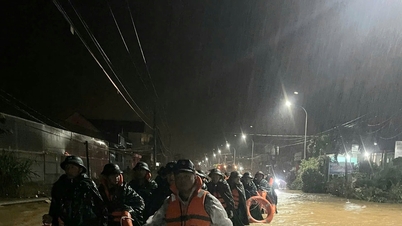

















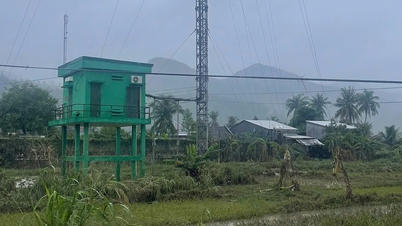

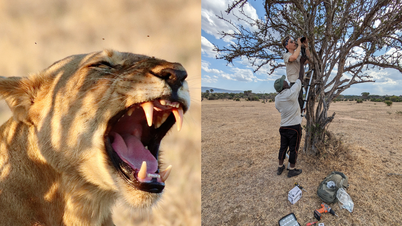

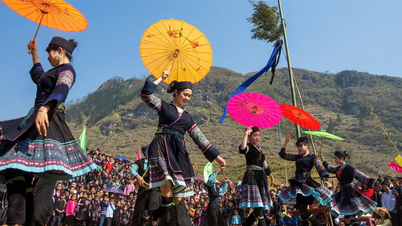







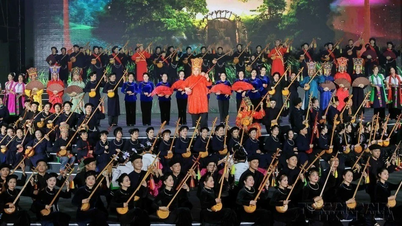
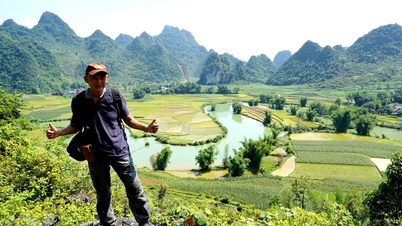
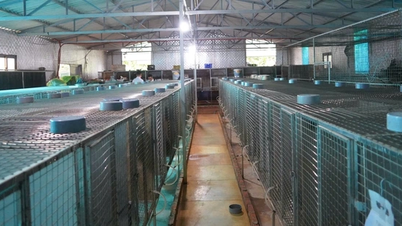







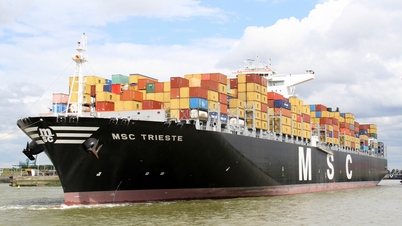














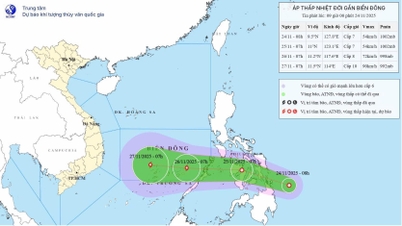


















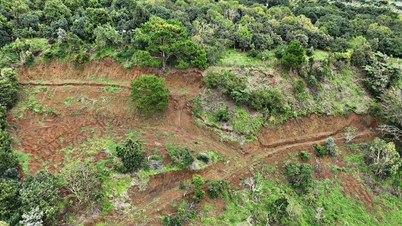


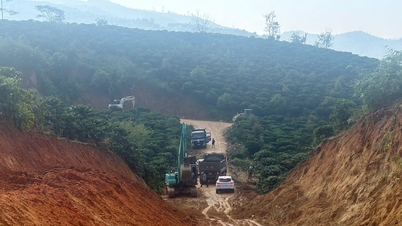
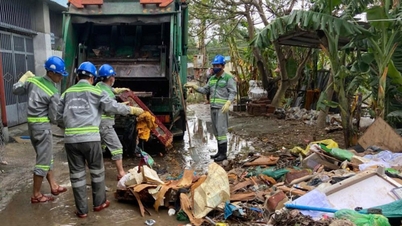














Comment (0)